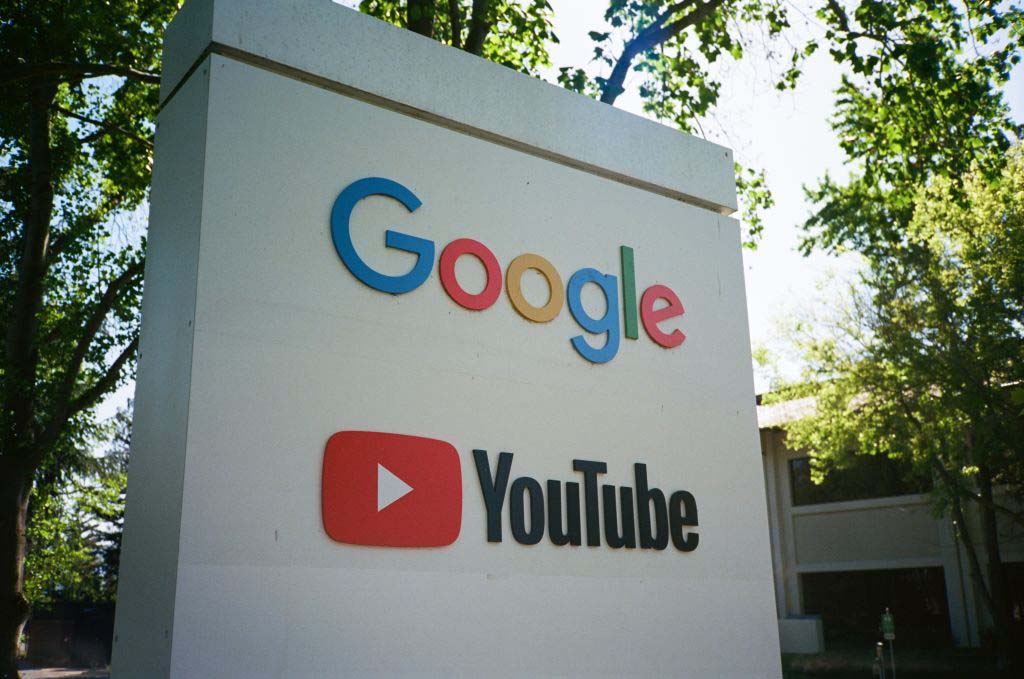The Future of YouTube Advertising: Blending Minds and Machines (Guest Blog)
Machine learning’s precision doesn’t translate to an understanding of context

The world of digital advertising is no stranger to debates and controversies. Consider YouTube's recent brush after an Adalytics report claimed adult ads are being served in kids’ content. Amidst the chatter, Google launched a counterstudy to shed more light on its technology.

On the surface, all of this might seem like just another swipe at the tech giants. Given their size, many assume that companies like Google must be cutting corners, denying them the benefit of the doubt. And meanwhile, Google staffers are scratching their heads, asking, “Why are we suddenly the villains?”
But it also brings up a crucial, central question: Can — and more importantly, should — advertising on platforms like YouTube ever be fully automated? If not, where is the proper boundary between machine influence and human oversight?
The immense potential of machine learning is undeniable. We can now sift through vast data sets, identify patterns and target ads with incredible precision and speed.
But precision doesn’t always translate to brand relevance or safety. Just because a machine can target an adult watching a children’s video doesn't mean it should. Context, after all, is king.
With controversies like the one we’ve seen with YouTube, we start to see some machine-learning pitfalls more clearly. Machines lack nuance. They can’t discern context the way humans can. For instance, while a program can recognize that a video is geared toward children, it’s pretty close to impossible for it to discern whether an adult is watching alongside them, leading to misplaced ads and wasted dollars.
That said, here are some ways machine learning and process automation can add real value to YouTube advertising:
The smarter way to stay on top of broadcasting and cable industry. Sign up below
- Customizing Inclusion Lists: Brands want to ensure their content is running alongside the channels they approve. But with 51 million channels on YouTube, growing at year-over-year rates of over 35%, that's a heavy lift for a human. Enhanced toolsets here could refine advertiser control.
- Optimizing Campaigns: Machine learning can tailor optimization recommendations, enabling brands to hone their campaigns more effectively, so that they resonate better with target audiences.
- Pacing Budgets: It’s crucial to keep your ad spend on track. With the aid of automation, campaigns can better align their spending, ensuring they’re not overspending or underspending the allocated budget.
The value of automation becomes murkier when we move beyond these processes. While automation can manage a bid or predict a user’s next click, it can’t yet grasp the subtleties of human experience or the broader cultural context. We’ve seen machines falter when it comes to recognizing potentially harmful or inappropriate content.
Remember when ads were routinely placed next to extremist content? Or the gun ads that kept getting past rules that supposedly prohibited them? Those were machine oversights. Targeting ads to kids? Another tech hiccup.
So where does this leave us? As in most areas, the future of YouTube advertising likely lies in a marriage between human and machine. That blend of human strategic expertise, honed through daily interaction with the platform, can provide insights and guidance that transcend basic metrics. Automation can handle the heavy lifting, but you need people to catch the nuances machines might miss.
In the current landscape, relying too much on YouTube’s tools — or any single platform’s automation — isn’t just risky, it’s potentially reckless. The appetite for automation is growing, but so are the stakes. As the industry moves forward, brands and advertisers will have no choice but to recognize both strengths and limitations of automation — and adapt accordingly.
John Ruvolo is president of Nomology.
